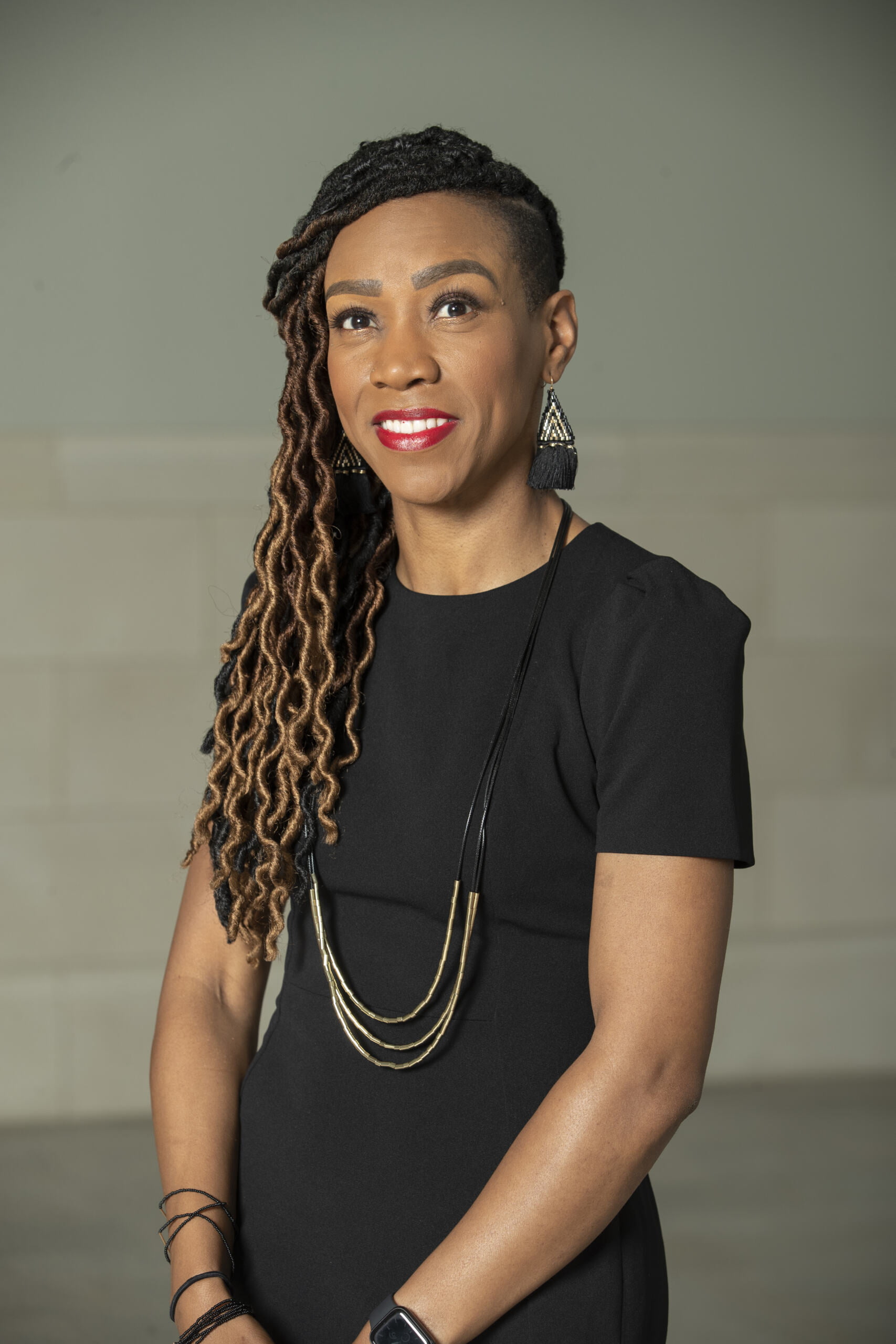Novelist James Baldwin looked down at the red clay hills of Georgia and thought “that this earth had acquired its color from the blood that dripped down from the trees.”
That lynching is a part of America’s troubled history cannot be overstated and yet it is not often talked about.
Still, Billie Holiday sang of its black bodies in the Southern breeze fruit: “Southern trees bear a strange fruit / blood on the leaves / blood at the root / Strange fruit hanging from the poplar trees.”
It’s unspeakable history was captured in Philip Dray’s “At the Hands of Persons Unknown: The Lynching of Black America” in which he writes, “Discerning who and what type of person took part in lynchings is made difficult by the fact that those who carried out the extralegal punishments were pointedly anonymous.”
He continues, “This was both practical – it protected lynchers from arrest and prosecution – and symbolic, in that the lynching was seen as a conservative act, a defense of the status quo. The coroner’s inevitable verdict, ‘Death at the hands of persons unknown,’ affirmed the public’s tacit complicity; no persons had committed a crime because the lynching had been an expression of the community’s will.”
The community’s will was to terrorize, oppress and punish African-Americans without judicial process.
Persons were often kidnapped from their homes or taken from their prison cells in an effort to get justice for the wronged, offended and in some cases, jealous.
For African-Americans who would hold their heads high with dignity or pride, they could often be found with their heads in nooses, bodies mutilated, entrails exposed. They had to be brought low in order to maintain the status quo of white power and privilege.
The savage murder in 1955 of Emmett Till, a 14-year-old from Chicago who was visiting family in Money, Mississippi, drew national attention and energized the civil rights movement.
Accused of whistling at a socially colored white woman, he would be silenced for good. He would receive a kind of southern justice while his killers would go free.
Lynching, nooses and the silence and secrecy that surround this communal violence is not often talked about, at least not crossculturally. And yet it is our silence that keeps the cycle going and it is not for the absence of words.
For African-Americans, Dayton writes, “Almost every black American family has a story in its history of an ancestor who ‘come up missing,’ who vanished into that empty place – the rural crossroads or rail siding, the bayou or jail cell – where the South at times sought to resolve its most intractable ‘problem.'”
The historical unjust treatment of African and later African-American bodies is more American than apple pie and baseball.
The understanding that life for socially colored black bodies will not be easy and the need to temper your children for fear of retaliation from persons in power date back to the days of slavery.
Watching our mouths and not thinking too highly of ourselves have been handed down as survival techniques.
Smiling and laughing despite what is being said about us or to us was said to spare the feelings of those socially colored white and the lives of those socially colored black.
It is a delicate balance but forgetting one’s place in the hierarchy of race is dangerous.
The noose is a reminder that the law is not on the side of African-Americans but in the hands of the executioner. It is no wonder then the great distrust that African-Americans have of the legal system.
Also, given previous concern expressed by the FBI regarding white supremacists making their way into law enforcement, it is not hard to understand the historical and racialized criminalization of socially colored black bodies.
African-Americans cannot afford the luxury of hoping that persons will assume that they are a good person and too often the benefit of the doubt is lost in the first exchange.
The belief in the social construct of race and the threat of socially colored black bodies continues. Ironically, it is this body that is threatened, singled out and sorted out as the problem.
But, why all of this talk about nooses and lynching? It is so dark and depressing. It was so long ago, right?
I had no plans to discuss it. However, it seems that there are those who want it to be a part of our conversation, at least those who visit the National Museum of African-American History and Culture. A noose was left there on Thursday, May 31 – the second such incident in a week.
We must not say it is the action of one. Don’t give them the benefit of anonymity. “At the hands of persons unknown” will not do.
No, we must seek them out. Call them out. Because this is not just some terrible act, some heinous symbol. It is a sign of unbridled terrorism.
And it is a reminder to all those who claim Africa as their home and the source of their heritage that our bodies are not safe, that our bodies must bow to white supremacy or it will hang.
A noose in the National Museum of African-American History and Culture reminds us that this form of hatred, this kind of unfounded vengeance upon the African-American body is still desired by some, that the crowd is only a few steps away. It is only waiting for people to go silent.
The noose around one American strangles us all.
Starlette McNeill is associate pastor of Village Baptist Church in Bowie, Maryland. A version of this article first appeared on her blog, Race-less Gospel, and is used with permission. You can follow her on Twitter @racelessgospel.
Director of The Raceless Gospel Initiative, an associate editor, host of the Good Faith Media podcast, “The Raceless Gospel” and author of Take Me to the Water: The Raceless Gospel as Baptismal Pedagogy for a Desegregated Church.

